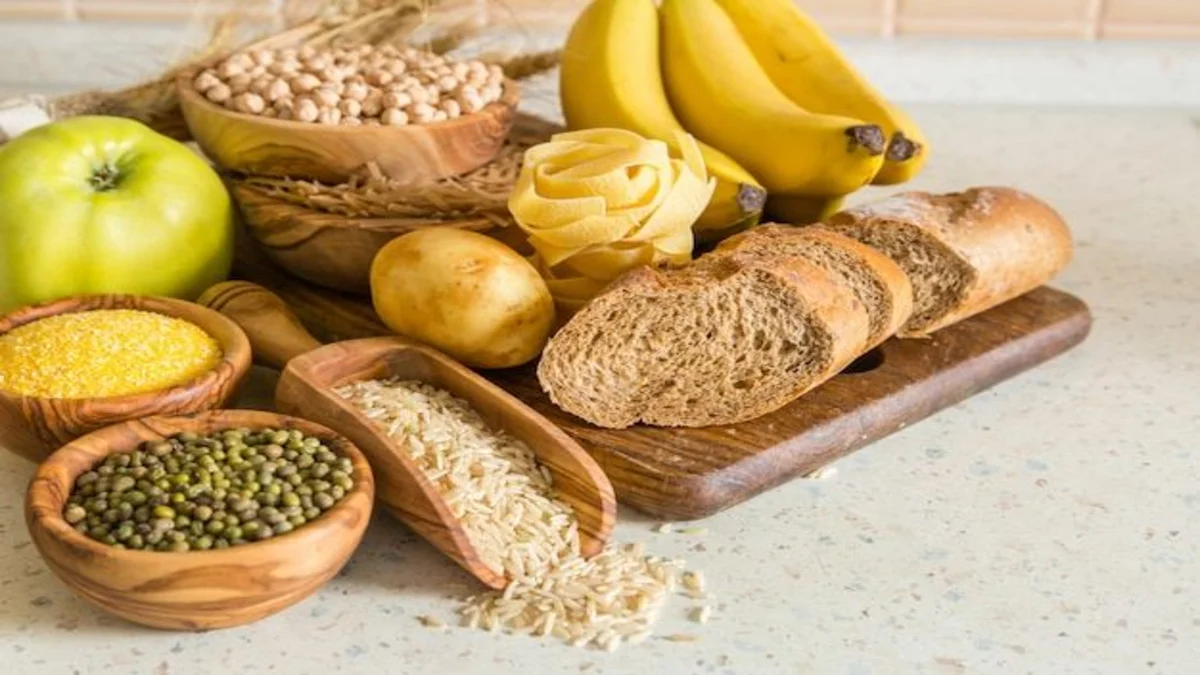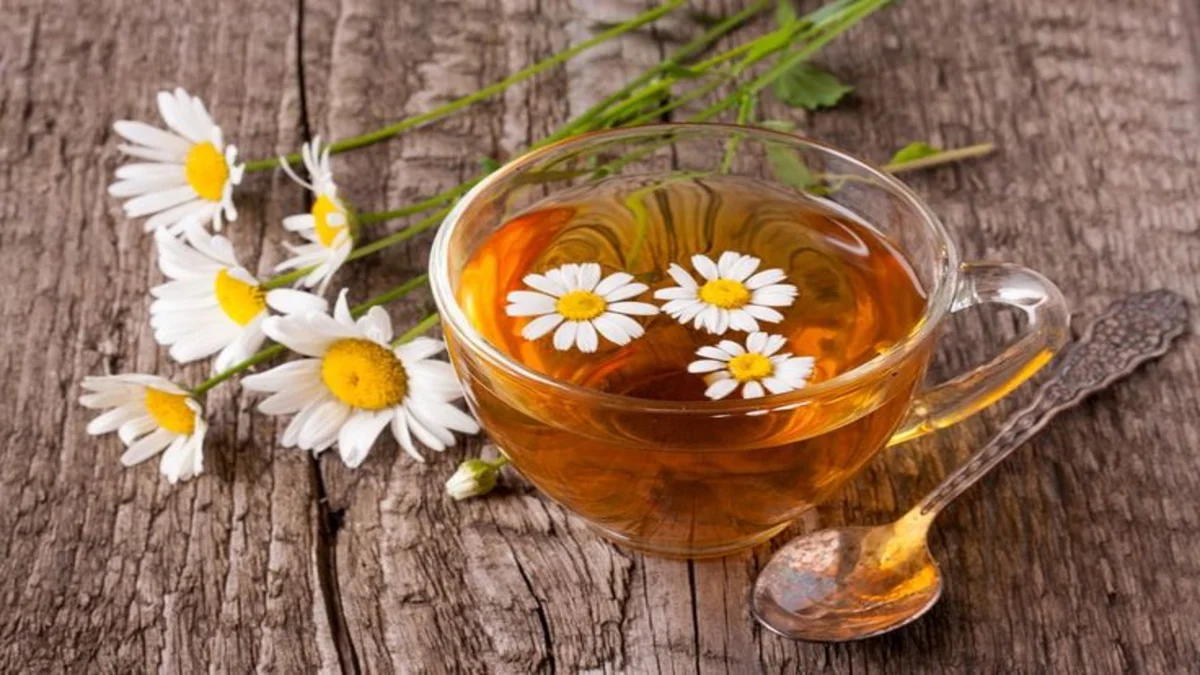Have you ever heard benefits of black rice? While it may not be as popular as its white or brown counterparts, black rice is gaining attention for its incredible health benefits. From improving heart health to boosting brain function, this special type of rice is jam-packed with nutrients that can enhance your overall well-being.
- What is black rice?
- Why is black rice known as 'forbidden' rice?
- Black Rice Nutrition profile
- Benefits of Black Rice (general health)
- Benefits OF Black Rice for Weight Loss
- Benefits OF Black Rice for Hair
- Benefits OF Black Rice for skin
- How To Cook Black Rice?
- Simple Black Rice Recipes
- Side Effects of Black Rice
- Black Rice Vs. white rice Vs. brown rice
- Summary
What is black rice?
Black rice is a form of heritage rice that has been part of Asian cuisine for thousands of years. It is classified as Oryza sativa, which also includes Indonesian black rice and Thai jasmine black rice.
Black rice can be long, medium, or short grain. Black rice, which is grown on a small scale, has never been as popular as other varieties such as white, brown, and red rice.
Early research reveals that black rice has antioxidant properties that outperform blueberries. It may also aid in increasing immunity and protect the body from cardiovascular disease, diabetes, and other ailments.
Most back rice varieties have a nutty flavor, except Chinese black rice, which is fruity and moderately sweet. Black rice has a chewy texture and is commonly used to make porridge, cakes, and puddings. The best part is that black rice is naturally gluten-free, which assists people who suffer from gluten intolerance and celiac disease.
Typically, black rice is offered whole grain, with the outer layer (bran) intact. So, technically, it is a form of unpolished rice. It comes in both short and long-grain variants. The most popular varieties of black rice include:
- Black sticky rice is used in Thai sweets.
- Black Japonica. Rice: Used in California for rice salads.
- Chinese Black rice: Used in Zhejiang, northern China.
Why is black rice known as ‘forbidden’ rice?
Black rice (sometimes called prohibited black rice or emperor’s rice) is used in traditional Chinese medicine. It was originally held only for the wealthy and powerful to protect their health and longevity. Nobody else was allowed to consume it.
Fortunately, that is no longer the case, and black rice is readily available in restaurants, grocery shops, and online.
Black Rice Nutrition profile
Black rice is one of the most nutritious rice kinds and is considered a superfood. It has more iron, protein, and fiber than conventional brown rice. It also contains flavonoids, anthocyanins, amino acids, good fatty acids, and other antioxidants, all of which contribute to its nutritional worth. The micro and macronutrients found in black rice are:
| Nutrient | Amount per 100g |
|---|---|
| Calories | 360 |
| Protein | 8g |
| Total Fat | 2g |
| Saturated Fat | 0.5g |
| Monounsaturated Fat | 0.5g |
| Polyunsaturated Fat | 1g |
| Carbohydrates | 75g |
| Dietary Fiber | 4g |
| Sugars | 0g |
| Calcium | 28mg |
| Iron | 1.6mg |
| Magnesium | 143mg |
| Phosphorus | 286mg |
| Potassium | 270mg |
| Sodium | 5mg |
| Zinc | 2.2mg |
| Thiamine (B1) | 0.1mg |
| Riboflavin (B2) | 0.02mg |
| Niacin (B3) | 1.52mg |
| Vitamin B6 | 0.2mg |
| Folate (B9) | 6mcg |
| Vitamin E | 1.04mg |
| Vitamin K | 1.6mcg |
Benefits of Black Rice (general health)
1. Excellent source of protein and iron
100 grams of black rice contains 9 grams of protein, whereas the same amount of brown rice contains 7 grams of protein. Additionally, black rice contains 3.5 mg of iron per 100 g serving. Iron helps body cells transport oxygen throughout the body. Black rice protein contributes to the maintenance of bodily processes and the repair of damaged tissues.
2. Rich in antioxidants
According to studies, black rice has the highest antioxidant content of all rice varietals. Anthocyanin resists oxidative stress in the body. It also lowers the chance of Alzheimer’s disease and certain types of cancer, including breast and colorectal cancer. In addition to anthocyanin, black rice contains 23 additional plant components having antioxidant characteristics, such as flavonoids and carotenoids.
3. It contains the plant chemical anthocyanin
Anthocyanins are a type of flavonoid plant pigment that causes the purple hue of black rice and various other plant-based foods such as blueberries and purple sweet potatoes.
Anthocyanins have been shown in studies to have potent anti-inflammatory, antioxidant, and anticancer properties.
Furthermore, animal, test-tube, and population studies have revealed that eating foods rich in anthocyanins may help protect against various chronic diseases, including heart disease, obesity, and several types of cancer.
4. May improve heart health
There has been insufficient research on the impact of black rice on heart health. However, several of its antioxidants have been demonstrated to help prevent heart disease.
Black rice contains flavonoids, which have been linked to a lower risk of developing and dying from heart disease.
Furthermore, preliminary findings in animals and humans suggest that anthocyanins may help lower cholesterol and triglyceride levels.
One research of 120 adults with high cholesterol levels discovered that taking two 80-mg anthocyanin capsules per day for 12 weeks resulted in significantly enhanced HDL (good) cholesterol levels and dramatically reduced LDL (bad) cholesterol levels.
5. Good for the eyes
Black rice contains vitamin E and carotenoids like lutein and zeaxanthin, both of which are beneficial to eye health. It also prevents age-related eye deterioration, which can lead to blindness. Antioxidants also mitigate the effects of ultraviolet light on the eyes.
6. May have antitumor qualities
Anthocyanins found in black rice may also have strong anticancer effects.
A review of population-based research discovered that eating more anthocyanin-rich foods reduced the incidence of colorectal cancer.
Furthermore, a test-tube study discovered that anthocyanins in black rice lowered the amount of human breast cancer cells while also slowing their growth and spread.
While promising, further human studies are required to completely understand the ability of anthocyanins in black rice to prevent the risk and spread of specific types of cancer.
7. Naturally gluten-free
Gluten is a protein found in cereal grains, including wheat, barley, and rye.
People with celiac disease must avoid gluten because it causes an immunological reaction that destroys the small intestine.
Gluten sensitivity can also result in significant gastrointestinal side effects such as bloating and abdominal pain.
While many whole grains include gluten, black rice is a nutritious, naturally gluten-free choice that may be enjoyed by gluten-free dieters.
8. Diabetes can be managed
Antioxidants and plant-based compounds (phytochemicals) can help your body respond to insulin. This procedure improves your ability to use glucose. It reduces the rate at which your body absorbs sugar, lowering blood sugar levels.
Benefits OF Black Rice for Weight Loss

The black rice diet protects against obesity and the diseases that come with it. According to studies, dietary fibers in black rice keep you fuller for longer and reduce hunger. Black rice promotes weight loss by lowering calorie consumption.
Additionally, black rice lowers elevated blood cholesterol levels. It inhibits the activity of enzymes involved in cholesterol synthesis. It also helps to reduce body weight.
For a successful weight loss regimen, incorporate a healthy amount of black rice into your diet, along with nutritious low-fat components. It is also acceptable for persons who have celiac disease or are gluten intolerant.
Benefits OF Black Rice for Hair

Black rice is beneficial to your hair since it is abundant in antioxidants. It also contains vitamins and minerals, which are required for healthy hair. The benefits of black rice for hair include the following:
- Boost hair growth.
- Treats split ends.
- Add volumes.
- Moistens and nourishes the hair roots.
- Makes hair glossy.
- strengthens hair from the inside out.
- Helps remove dandruff.
Benefits OF Black Rice for skin
Black rice offers a myriad of benefits for the skin, making it a valuable addition to your diet for radiant and healthy-looking skin. Rich in antioxidants, such as anthocyanins and flavonoids, black rice helps combat free radicals that contribute to premature aging and skin damage.
These antioxidants play a crucial role in promoting collagen production, enhancing skin elasticity, and reducing the appearance of fine lines and wrinkles. The high levels of vitamin E in black rice further contribute to skin health by moisturizing and nourishing the skin, leaving it soft and supple.
Additionally, black rice contains essential minerals like zinc, which aids in regulating oil production and preventing acne breakouts.
Its anti-inflammatory properties can also soothe irritated skin, reducing redness and promoting an even skin tone. Incorporating black rice into your diet not only supports your overall well-being but also contributes to a radiant and youthful complexion.
How To Cook Black Rice?
Cooking black rice is a straightforward process that yields a nutty, slightly sweet flavor and a chewy texture. Here’s a simple guide on how to cook black rice:
Ingredients:
- 1 cup black rice
- 2 cups water or broth
- Salt (optional)
Instructions:
- Rinse the Rice: Begin by rinsing the black rice under cold water. This helps remove excess starch and prevents the rice from becoming too sticky.
- Soak (Optional): While soaking is not necessary, it can help reduce the cooking time. Soak the rice in water for 30 minutes to 2 hours if you have the time.
- Boil Water: In a saucepan, bring 2 cups of water or broth to a boil. You can add a pinch of salt for seasoning if desired.
- Add the Rice: Once the water is boiling, add the rinsed black rice to the pot. Stir briefly to prevent sticking.
- Simmer: Reduce the heat to low, cover the pot with a tight-fitting lid, and let the rice simmer. Cooking times may vary, but it typically takes about 30-40 minutes.
- Check for Doneness: After 30 minutes, check the rice for doneness. It should be tender but still have a bit of chewiness. If needed, continue cooking for an additional 5-10 minutes.
- Let it Rest: Once the rice is cooked, remove it from the heat and let it sit, covered, for about 5 minutes. This allows any remaining steam to finish cooking the rice and makes it easier to fluff with a fork.
- Fluff and Serve: After resting, fluff the black rice with a fork to separate the grains. Your perfectly cooked black rice is now ready to be served as a side dish, in salads, or as a base for various recipes.
Simple Black Rice Recipes
1. Black Rice Salad:

Ingredients:
- 1 cup black rice, cooked and cooled
- 1 cup cherry tomatoes, halved
- 1 cucumber, diced
- 1/4 cup red onion, finely chopped
- 1/4 cup feta cheese, crumbled
- 2 tablespoons fresh basil, chopped
- 2 tablespoons extra virgin olive oil
- 1 tablespoon balsamic vinegar
- Salt and pepper to taste
Instructions:
- In a large bowl, combine the cooked black rice, cherry tomatoes, cucumber, red onion, feta cheese, and fresh basil.
- In a small bowl, whisk together the olive oil and balsamic vinegar. Season with salt and pepper to taste.
- Pour the dressing over the salad and toss gently to combine.
- Serve immediately or refrigerate for a few hours to let the flavors meld. Enjoy a refreshing and nutritious black rice salad!
2. Black Rice Stir-Fry:

Ingredients:
- 1 cup black rice, cooked and cooled
- 1 cup mixed vegetables (bell peppers, broccoli, carrots, snap peas)
- 1/2 cup tofu or chicken, diced (optional)
- 2 tablespoons soy sauce
- 1 tablespoon sesame oil
- 1 teaspoon ginger, minced
- 2 cloves garlic, minced
- Green onions, chopped (for garnish)
Instructions:
- Heat sesame oil in a wok or large skillet over medium-high heat.
- Add minced ginger and garlic, and sauté for 1-2 minutes until fragrant.
- If using tofu or chicken, add it to the wok and cook until browned and cooked through.
- Add mixed vegetables and stir-fry until they are crisp-tender.
- Add the cooked black rice to the wok, followed by soy sauce. Toss everything together until well combined and heated through.
- Garnish with chopped green onions and serve hot.
- Enjoy a quick and delicious black rice stir-fry!
Side Effects of Black Rice
Black rice is a nutrient-dense food that is safe for most individuals to eat. However, because black rice has more fiber than other types of rice, some people may have gastrointestinal distress, especially if their fiber consumption is increased too quickly.
People with gastrointestinal illnesses such as irritable bowel syndrome (IBS) may struggle to handle the fiber content of black rice, especially when combined with other high-fiber diets.
Black rice has been used in several Asian cuisines for millennia, but it is less frequent in the United States. Many Americans are more familiar with other varieties of rice, such as white and brown rice. White rice is a processed grain, therefore it contains less fiber than brown or black rice. It also lacks the same antioxidant levels.
White rice can be combined with sources of fiber and antioxidants to make a well-rounded meal. To increase your daily consumption of whole grains, eat different whole grains throughout the day, such as whole wheat bread or oatmeal.
Black Rice Vs. white rice Vs. brown rice
| Nutrient/Component | Black Rice | Brown Rice | White Rice |
|---|---|---|---|
| Color | Deep purple to black | Light brown | White |
| Nutritional Content | Higher in antioxidants, vitamins, and minerals | Rich in fiber, vitamins, and minerals | Mostly carbohydrates, less fiber |
| Fiber Content | High fiber content | Higher fiber content compared to white rice | Lower fiber content |
| Protein Content | Moderate protein content | Moderate protein content | Lower protein content |
| Fat Content | Low-fat content | Low-fat content | Low fat content |
| Caloric Content | Similar caloric content to brown rice | Slightly higher caloric content than black rice | Lower caloric content |
| Glycemic Index | Lower glycemic index | Moderate glycemic index | Higher glycemic index |
| Micronutrients | Rich in antioxidants like anthocyanins | Contains more B vitamins and minerals | Minimal micronutrients |
| Processing Level | Least processed, retains bran and germ | Partially processed, retains bran | Highly processed, bran and germ removed |
| Cooking Time | Longer cooking time compared to white rice | Longer cooking time compared to white rice | Shorter cooking time |
| Texture | Chewier texture | Chewier texture | Softer texture |
| Common Varieties | Forbidden rice is a popular variety | Basmati, jasmine, and long-grain varieties | Short-grain, medium-grain, and long-grain varieties |
| Suitability | Versatile, suitable for various dishes | Suitable for most dishes, including pilafs and stir-fries | Commonly used in Asian cuisines, good for quick meals |
| Health Considerations | Suitable for antioxidant benefits, potential kidney stone concerns due to oxalates | Beneficial for digestive health due to higher fiber content | Lower nutrient density compared to black and brown rice |
Summary
While less frequent than other forms of rice, black rice has the highest antioxidant activity and more protein than brown rice.
As a result, eating it may provide a variety of health benefits, including improved eye and heart health, protection against certain types of cancer, and aid in weight loss.
Black rice is more than just a nutrient-rich grain. When cooked, the deep purple color transforms even the most basic food into a visually spectacular dish.





